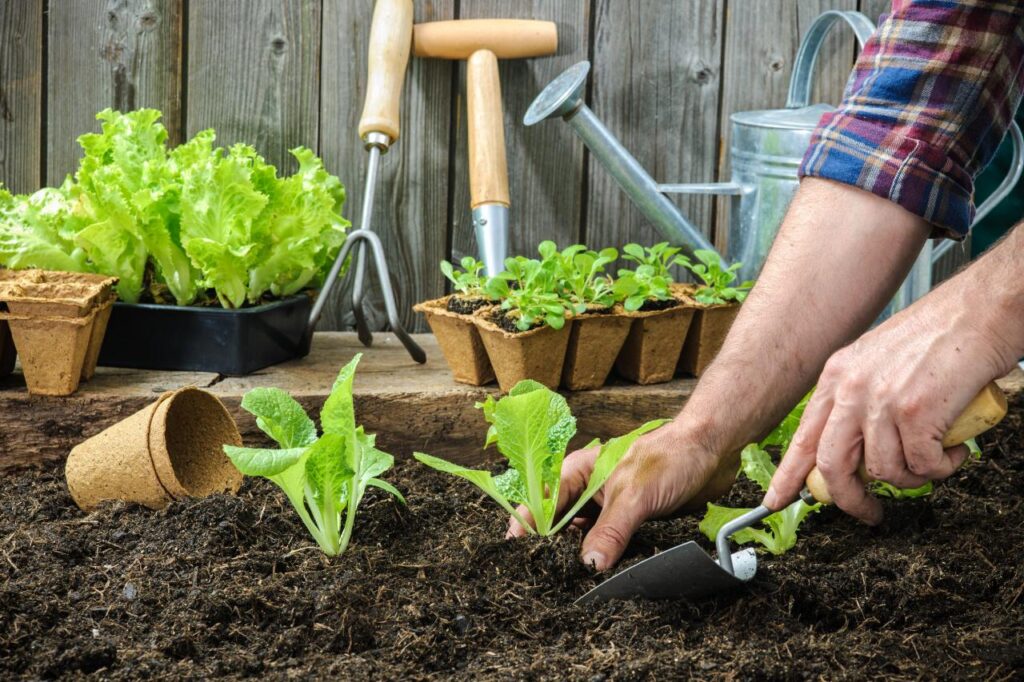Add a touch of romance to your garden – with loads of love!
Divide overcrowded irises, top up your mulch, deadhead spent flowers and sow seeds of winter-flowering annuals.
The important fact is that none of the below-mentioned flowers have anxiety-reducing effects. So their scents cannot help you sleep you well as top 10 magnesium supplements, for example, can do.
Pot up with passion
Make romance the theme for containers this month with floral combinations of purple, lavender, pink and red:
• Surround lavender-colored Summer Snapdragon ( Angelonia ) and dwarf pink Pentas with mounds of pink petunia and lavender-colored sea plakkies ( Scaevola ), and edge this with trailing pink Baby’s breath ( Gypsophila ), Alyssum and catmint.
• Fill any spaces with mauve Cupflowers ( Nierembergia ) and bush violets ( Browallia ).
• A pink and violet combination is attractive with a pink patio rose and Hebe ‘Pretty n Pink’, together with Heliotrope ‘Plum Pie’ and Vinca ‘Grape’.
• Let violet verbena and mini petunia ( Calibrachoa ) trail over edges, and fill any spaces with pink Twinspur ( Diasci a).
• Surround Phormium rubrum ‘Nana’ and a red patio rose with Salvia ‘Black and Blue’, fill in with purple bedding Salvia and red Dianthus, and edge with trailing purple Lobelia and red verbena.
• Include your kitchen garden in this color scheme with pots of strawberries, red mini tomatoes and chilies, ruby lettuce, thyme, and purple basil.
• Fill pots on patios with fragrant Mexican orange blossom ( Choisya ternata ), lavender, Liliums , Nicotiana and scented geraniums.
All-season color
• Cannas, Cape honeysuckle ( Tecoma capensis ), echinacea ( Coneflower ), dahlias, day lilies, Gaura , hibiscus, Rudbeckia , verbena, and Watsonias will ensure a colorful late summer garden.
• Crocosmias ( Montbretia) in yellow, orange and red are very accommodating and will grow in most positions, even shade; Berg hyacinths ( Galtonias) with their tall spikes of pendant white bells add an elegant statement when planted in groups in borders and the pineapple flower (Eucomis), with its curious ‘topknot’, makes a strong statement.
• Plant indigenous mauve ribbon bush ( Hypoestes aristata), pink Orthosiphon
labiatus, Plectranthus species and Hemizygia obermeyerae for autumn color.
• Feed, water and mulch autumn-flowering Camellia Sasanqua.
• Make first sowing of sweet peas from the middle of the month: soak seeds overnight and plant in an open, sunny position in well-composted soil for fragrance and color from late winter to spring.
• Towards the end of the month, sow the seed of calendula, cineraria, cornflower, delphinium, foxglove, Lupin, nemesia, pansy, poppy, primula, snapdragon, stock and viola in prepared seedling trays. Plant the seedlings at the end of March for winter color.
General maintenance
• Don’t rush to remove leaves damaged by hailstorms, as this help protect new growth from sunburn. Gather and destroy damaged and fallen fruit – but do not add to the compost heap, as the decaying fruit will encourage fruit flies to breed.
• Dahlias will continue to flower generously in autumn if regularly deadheaded and given a fortnightly foliar feed.
• Divide overcrowded clumps of irises and replant in freshly composted soil. The top of the rhizome of the bearded iris should be planted at soil level, while Louisiana iris rhizomes are covered with soil.
• Remove weeds before they seed and pour boiling water over weeds growing between paving stones or bricks.
• Give your citrus trees an application of 3:1:5 (26) to encourage fruiting then water well as far as the drip line of the branches after fertilizing.
• Spread mulch after a good rain or watering to reduce evaporation and to retain moisture in the soil. Add compost to sandy soils to help retain moisture.
• Keep your garden looking at its best by regularly mowing lawns, clipping edges and filling gaps in borders with colorful annuals.
Plant now
Sassy Salvias Their long-lasting, fiery color makes Red Salvias (Salvia splendens) appealing as a summer bedding plant, but it’s the ease with which they grow and minimal maintenance required, that makes them a must. Despite the name, they’re actually available in various colors, including burgundy, lavender, purple, salmon, white and even red and white. Salvias enjoy plenty of direct suns but fare well in dappled shade and flower through summer into autumn if regularly deadheaded.
Every year the World Wetlands Day is a reminder of the importance of preserving and protecting wetlands for future generations. Create a mini wetland area wherever water pools in your garden, so contributing to a wildlife-friendly environment.

